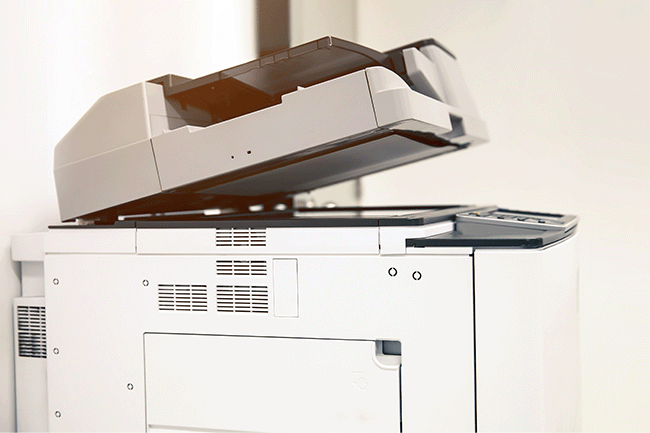Unveiling the Optimal Printer Size: Decoding the Most Common Dimensions
In the digital age, printers have become an essential tool for both personal and professional use. With a plethora of printer sizes available in the market, it can be challenging to determine the most common and optimal size. In this article, we will delve into the world of printers, exploring the factors that influence size selection and unveiling the most prevalent printer dimensions.
- Understanding Printer Size:
Printer size refers to the physical dimensions of the device, including its width, depth, and height. It plays a crucial role in determining the printer's functionality, portability, and compatibility with various printing tasks. The optimal printer size depends on the intended usage, available space, and specific requirements of the user. - Factors Influencing Printer Size Selection:
a. Printing Volume: Printers designed for high-volume printing, such as those used in offices or commercial settings, often have larger dimensions to accommodate larger paper trays and ink cartridges. These printers are capable of handling large print jobs without frequent paper or ink replacements.
b. Space Constraints: For individuals or small businesses with limited workspace, compact printers are preferred. These printers are designed to occupy minimal space while still offering essential printing functionalities. Compact printers are often portable and can be easily moved or stored when not in use.
c. Specialized Printing Needs: Certain industries, such as photography or graphic design, require printers capable of producing large-format prints. These printers, commonly known as wide-format printers, have significantly larger dimensions to accommodate larger paper sizes, such as A3 or A2.
- Common Printer Sizes:
a. Standard Desktop Printers: The most common printer size found in households and small offices is the standard desktop printer. These printers typically have dimensions around 16-20 inches in width, 12-15 inches in depth, and 6-8 inches in height. They are compact, versatile, and suitable for everyday printing tasks.
b. All-in-One Printers: All-in-one printers, also known as multifunction printers, combine printing, scanning, copying, and sometimes faxing capabilities into a single device. These printers come in various sizes, but the most common dimensions range from 18-22 inches in width, 14-18 inches in depth, and 8-12 inches in height.
c. Wide-Format Printers: Wide-format printers, as mentioned earlier, are designed for specialized printing needs. They are larger in size, with dimensions ranging from 24-44 inches in width, 18-30 inches in depth, and 12-20 inches in height. These printers are commonly used in industries that require high-quality, large-scale prints, such as architecture, engineering, and advertising.
Conclusion:
Selecting the optimal printer size depends on various factors, including printing volume, available space, and specialized requirements. Understanding the common printer sizes, such as standard desktop printers, all-in-one printers, and wide-format printers, allows users to make informed decisions based on their specific needs. By considering these factors, individuals and businesses can find the perfect balance between functionality, space utilization, and printing capabilities.

Post Comment